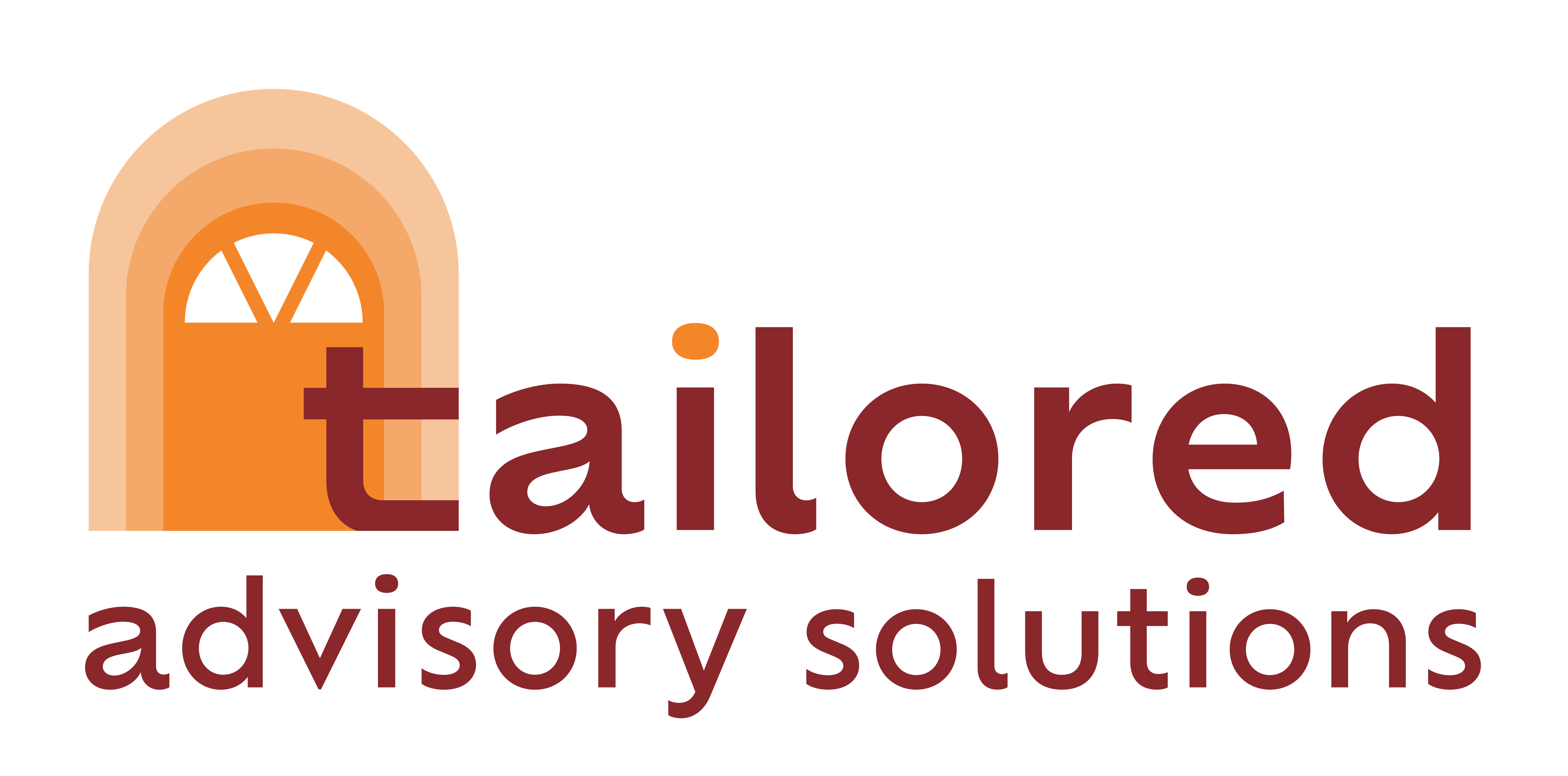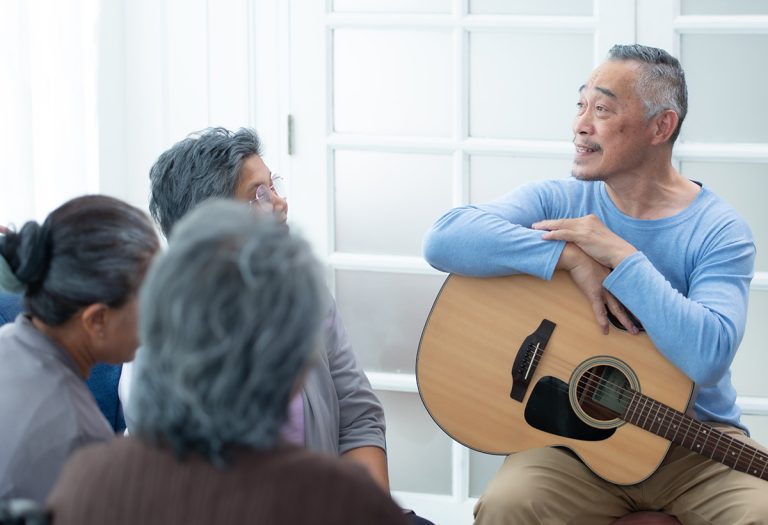Low-income or subsidized senior housing, more commonly referred to as senior living, refers to housing options specifically designed to cater to older adults with limited financial resources. Low-income senior living has clear-cut differences from Assisted Living, Memory Support, or care-based communities.
These housing programs aim to provide affordable and safe living environments for seniors, ensuring they access suitable housing without a significant financial burden.
The primary goal of low-income or subsidized senior housing is to address the housing challenges faced by seniors who may struggle to afford market-rate rentals or homeownership. These programs are typically funded and administered by government entities at the federal, state, and local levels, as well as nonprofit organizations and housing agencies.
One of the most well-known subsidized housing programs for seniors in the United States is the Section 202 Supportive Housing for the Elderly program, overseen by the Department of Housing and Urban Development (HUD). This program funds nonprofit organizations to develop and manage affordable housing options for seniors, emphasizing those with very low incomes.
Low-income or subsidized senior housing can take various forms, including apartment complexes, townhouses, or single-family homes. These housing options are specifically designed to meet the unique needs of older adults, often incorporating features such as accessibility modifications, community spaces, and supportive services.
To be eligible for low-income or subsidized senior housing, individuals must meet specific income requirements based on the area’s median income levels. These income limits ensure housing assistance targets those with the greatest financial need. Income eligibility criteria may vary depending on the specific housing program and location.
The application process for subsidized senior housing usually involves providing documentation to verify income, age, and other eligibility factors. Once approved, seniors can secure a unit in the subsidized housing development, paying rent based on their income. The rent is often calculated as a percentage of the individual’s income, ensuring it remains affordable and manageable.
In addition to the affordability aspect, low-income or subsidized senior housing often offers supportive services tailored to older adults’ unique needs.
These services can include assistance with activities of daily living, transportation options, meal programs, social activities, and access to healthcare and wellness resources. The availability and range of supportive services may vary depending on the specific housing community or program.
Low-income or subsidized senior housing plays a crucial role in addressing the housing insecurity and financial challenges many older adults face. By providing affordable housing options and supportive services, these programs help seniors maintain their independence, improve their quality of life, and age in a safe and stable environment.
Most affordable senior housing is for completely independent people who need no care as well. In addition most affordable senior housing in the Seattle area carries a waitlist of 2-6 years depending on the location, so we will want to have comment about having a plan laid out in advance.
In conclusion, low-income or subsidized senior housing programs aim to address the housing needs of older adults with limited financial resources. These programs provide affordable and safe housing options and supportive services to ensure that seniors can age with dignity and stability. By alleviating the financial burden of housing costs, these programs enhance low-income seniors’ overall well-being and quality of life.




